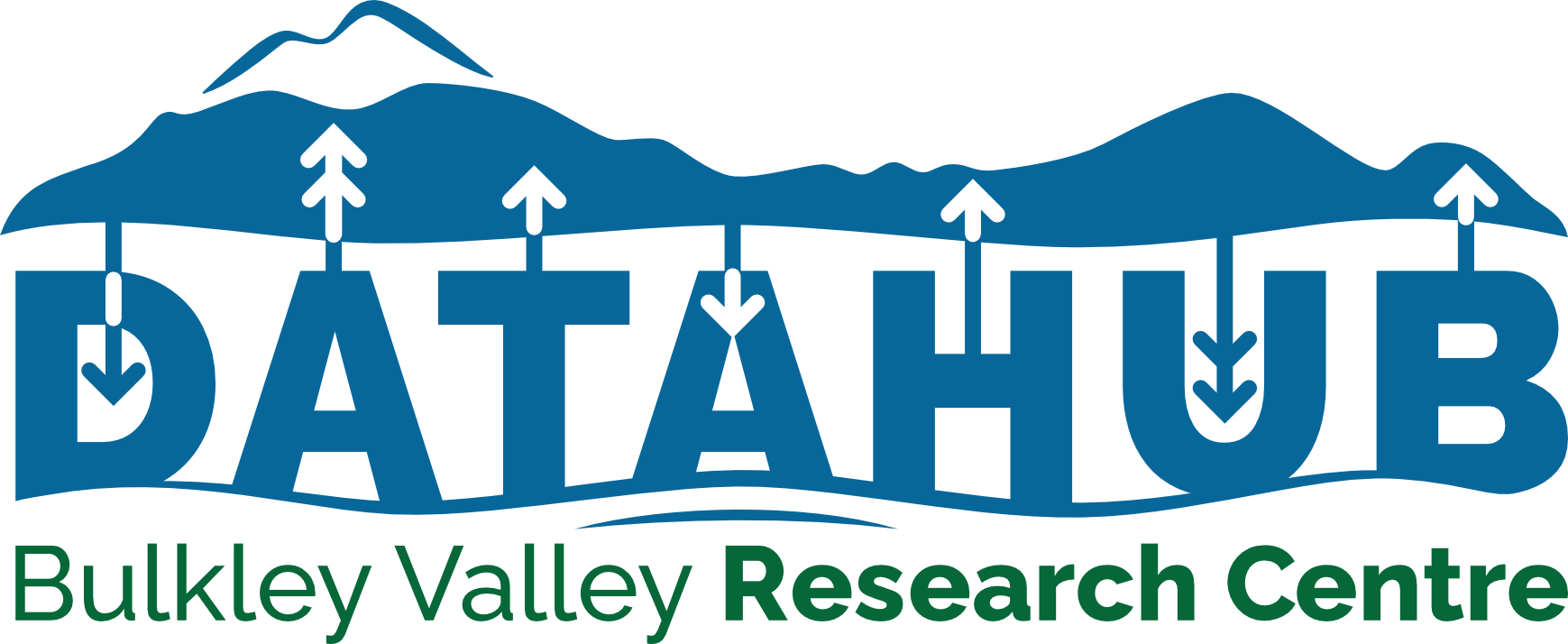ABSTRACT
Background: Contemporary and projected shifts in global fire regimes highlight the importance of understanding how fire affects ecosystem function and biodiversity across taxa and geographies. Pyrodiversity, or heterogeneity in fire history, is often an important driver of biodiversity, though it has been largely overlooked until relatively recently. In this paper, we synthesise previous research to develop a theoretical framework on pyrodiversity–biodiversity relationships and propose future research and conservation management directions.
Theoretical Framework: Pyrodiversity may affect biodiversity by diversifying available ecological niches, stabilising community networks and/or supporting diverse species pools available for post-fire colonisation. Further, pyrodiversity's effects on biodiversity vary across different spatial, temporal and organismal scales depending on the mobility and other life history traits of the organisms in question and may be mediated by regional eco-evolutionary factors such as historical fire regimes. Developing a generalisable understanding of pyrodiversity effects on biodiversity has been challenging, in part because pyrodiversity can be quantified in various ways.
Applying the Pyrodiversity Concept: Exclusion of Indigenous fire stewardship, fire suppression, increased unplanned ignitions and climate change have led to dramatic shifts in fire regimes globally. Such shifts include departures from historic levels of pyrodiversity and add to existing challenges to biodiversity conservation in fire-prone landscapes. Managers navigating these challenges can be aided by targeted research into observed contemporary pyrodiversity–biodiversity relationships as well as knowledge of historical reference conditions informed by both Indigenous and local ecological knowledge and western science.
Future Research Directions: Several promising avenues exist for the advancement of pyrodiversity science to further both theoretical and practical goals. These lines of investigation include but are not limited to (1) testing the increasing variety of pyrodiversity metrics and analytical approaches; (2) assessing the spatial and temporal scale-dependence of pyrodiversity's influence; (3) reconstructing historical pyrodiversity patterns and developing methods for predicting and/or promoting future pyrodiversity; and (4) expanding the focus of pyrodiversity science beyond biodiversity to better understand its influence on ecosystem function and processes more broadly.

